I was expecting a couthy old man with a hundred cats at home, but this Angus SSPCA inspector is, frankly, hard as nails.
For the last nine years, senior inspector Alastair Adams has been in charge of the safekeeping of our pets.
He’s made it his mission to ensure the welfare of animals around Dundee, Angus, Fife and Perthshire.
At a time when two Scottish rescue centres are set to close this month, and the cost of living crisis has brought about an animal welfare crisis with people unable to feed their pets, people like Alastair are more important than ever.
So I set out to discover what a day looks like in the thick of it for an SSPCA inspector tackling animal abuse and abandonment.
With a background in agriculture, Alastair always knew he was going to end up working with animals.
And after spending 20 years in the industry, he wanted a change of pace.
He didn’t know whether working with farm animals would qualify as adequate experience, but soon learned that he had many of the skills required to become an SSPCA inspector.
Having studied agriculture in Aberdeen, Alastair now lives in Forfar, but he travels between Stonehaven and Dunblane and everywhere in between as one of the four Tayside SSPCA inspectors.
Plenty tough days as Angus SSPCA inspector
Over the last nine years, Alastair tells me, there have been plenty of difficult days.
This includes being threatened and insulted. On some occasions, he’s had to make the decision to leave and come back another time, when there has been no hope of deescalating a situation.
One of these hard days on the job which Alastair shares with me was back near the beginning of his role as SSPCA inspector.
This involved visiting the home of a man who had around eight cats which were, sadly, living in what Alastair termed “filth and squalor”.
“Open cans of cat food, dirty dishes, grease and grime,” the 52-year-old recalls, “it was horrendous.
“The Strongbow cider bottles were the depth of the sofa in the living room.
“I don’t know how he even got out the door in the morning.”
The owner admitted he was overwhelmed and signed over four of his eight cats.
“We got them rehomed. The four we left him with, we insisted they were all neutered.
“Theoretically, there wasn’t much that could go wrong inside the house.
“How wrong we were.”
Some time later, an ex-partner reached out to the SSPCA to tell them that she had left him with her own cats, who had then bred.
At that point, the four cats had now become 13.
“The situation had gone off a cliff,” Alastair explains.
‘You couldn’t put a human being back into that’
Sometimes people refuse entry to their home, in which case, if there’s enough evidence to cause concern, Alastair can apply for a warrant.
He says only about 10% of the jobs he heads out on require a warrant for entry.
“We got the warrant, we went in and found literally wall to wall with cat faeces in all areas of the house.
“Cats themselves are clean animals. If they’ve got a clean tray to go to, they go there.
“Once that was full – and I mean literally something that resembled a model volcano – they decided to go down the back of the sofa, the corner the living room, behind the telly and the kitchen.
“And as you can imagine with 13 cats all doing that, it was just flies and faeces and stench everywhere.
“We removed all the cats. It took several inspectors in vans to physically capture the cats and get them into transport boxes.
“This is the thing, on a good day, we might just squeeze in one or two cats.
“But finding home for multiples at an hour and a half’s notice is just nigh on impossible.”
The man was placed in temporary accommodation, because, as Alastair says, “you couldn’t put a human being back into that”.
‘Emaciated dogs’ left to starve
Something that never gets easier for Alastair is seeing animals that have been left without a basic need – food.
“Not that long ago,” he says, “we heard reports of an emaciated dog that had been seen.
“So we went to the guy’s door, and he did answer it.”
Out ran his wee staffie. You literally could have played a tune on its ribcage like a xylophone.”
Alastair Adams, Tayside SSPCA inspector
When responding to concerns for that pet dog, Alastair remembers the visit vividly.
“Out ran his wee staffie. You literally could have played a tune on its ribcage like a xylophone.”
That’s not the first time Alastair has opened a door and been met with an emaciated pup.
“You take the dog out of the situation and you take it to the vet and it’s ravenous. It literally tries to bolt the food in front of it, irrespective of whether it’s a gravy bone biscuit or half a tonne of dog food.
“Likewise, you put it in front of a bowl of water and then it scoffs its own body weight in water, because it is so dehydrated.
“Its skin is elastic, its eyes are sunken in, everything that goes with it.”
So does Alastair enjoy his job?
“If I was that unhappy I would leave,” he tells me wryly, as we drive along in the van.
Alastair says that it’s making a difference for the animals that makes his job worthwhile.
“Cases are good from the point of view that the people are held accountable for what they’ve done or what we find,” he says.
“I’m not vindictive, I’m not looking for revenge, you know, from the point of view that there’s justice in this world.”
The animals can’t choose for themselves, they can’t speak for themselves.
Alastair Adams, Tayside SSPCA inspector
“It seems like an easy thing to say, but the animals can’t choose for themselves, they can’t speak for themselves.
“And if we didn’t do this job as an organisation, quite frankly nobody else would.”
While he is not always warmly received by local pet owners, Alastair tells me he’s satisfied that he is doing the right thing where the animals are concerned.
“I feel I do a good job, when we can make the situation better for the animal.
“And I am happy on a professional basis that if something has crossed the line, that we hold that person accountable for that, and they don’t just get to walk away or hide behind their reasons.”
Most people really do love animals
The highlight of the day was undoubtedly as we started to head back to the rescue centre, and a sweet old lady waved us down.
“Here we go,” Alastair says under his breath, fearing we are going to hear about a poor neighbour’s pet being ill-treated.
It’s anything but.
She had spotted the SSPCA logo on the van and wanted to donate heaps of dog food for the centre. She could no longer use it since her beloved pup had passed away.
This wasn’t a door slamming in our face, but rather a door opening. We were both chuffed as we drove away. Myself reassured of the love that – most people, Alastair assures me – have for animals.
Find out how you can support the SSPCA here.
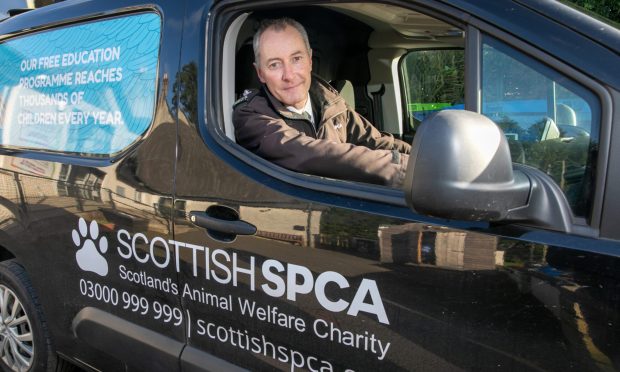
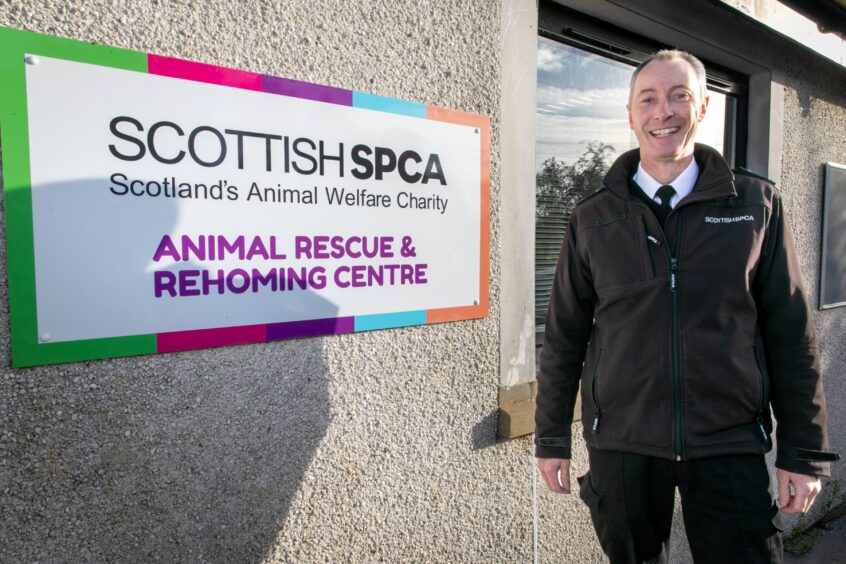
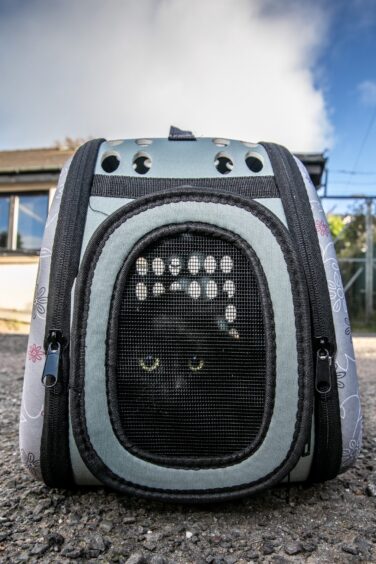

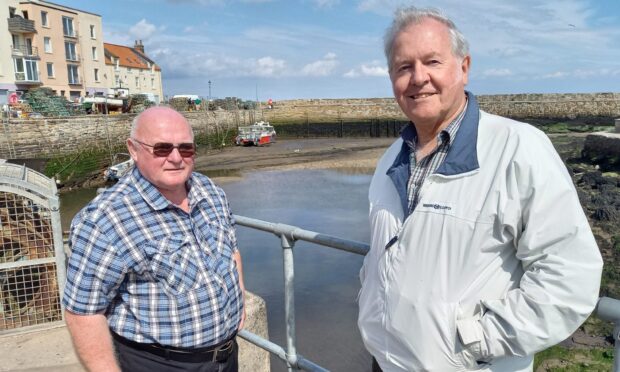

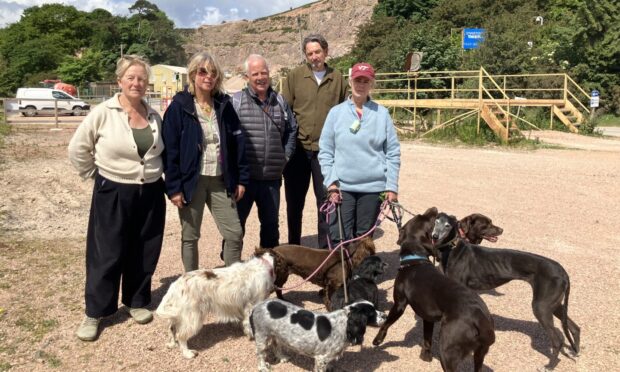



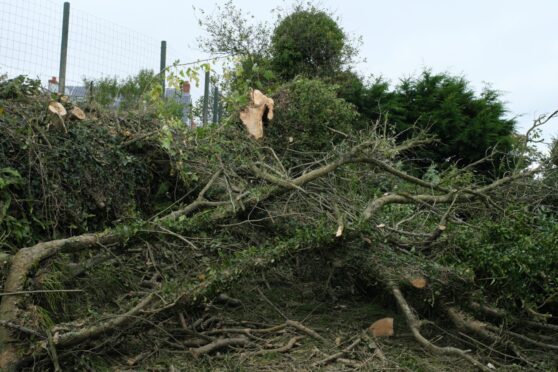
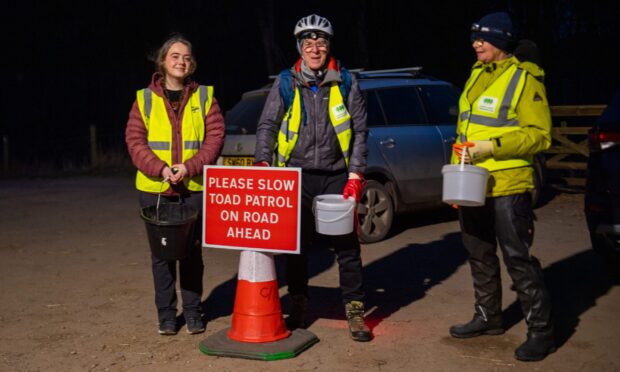
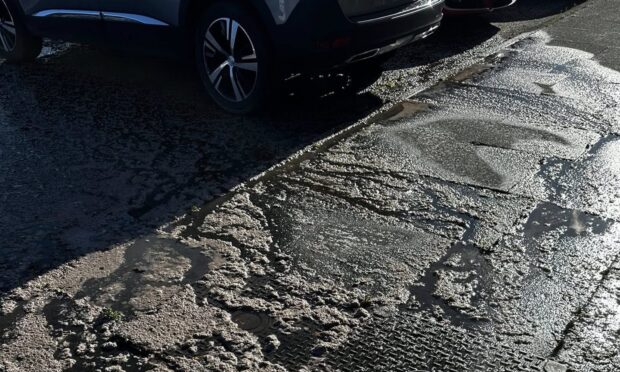
Conversation